Today I’m going to do another Single Exposures episode to catch up on some recent shots that don’t form a large enough group individually to fill a Podcast. Before we move on to the main topic though, I’d like to read you a message from our current sponsors, DxO Labs.
DxO Optics Pro sets the standard for automatic correction of your digital images. Based on extensive analysis of cameras and lenses, this award-winning software enables photographers to improve hundreds of images very quickly, saving time and providing spectacular results. Version 5 of DxO Optics Pro runs on Mac and Windows. Version5 which has only just been released incorporates a new generation RAW converter providing more details, and less noise artefacts, for a new level of image quality.
So, let’s jump right into this now, with a shot from a visit to the Nature Research Center not far from my home here in Tokyo, which is image number 1651. I often take a wander over to the center of an afternoon when I’m feeling the need to indulge in photography but have been too caught up in other stuff to get out for a full day. This was one of those days, and as I walked down to the pond in the valley of the park the sun was just poking over the tree enough to illuminate this pampas grass, but the trees themselves were now in full shadow, which gave me some great contrast to work with. In many scenes too much contrast can be a pain, but often it can make a shot too, like I think it’s done here. I’ve used the 70-200mm F2.8 lens at 153mm to frame this shot. You can see that I’ve focussed on the head of the grass to the right of the frame, and I’ve used an aperture of F4 to get just enough depth of field to bring some of the more distant heads of grass into focus enough to create little balls of light, but not take over the shot. I’ve mentioned before that working the bokeh, or the out of focus areas in the frame is as important, if not more important than the in focus part, and this is probably a good example to back that up. You will also see that I’ve placed some of the nearer grasses in the left of the frame too, forming what I call foreground bokeh. The F4 aperture does give us enough in focus along the focal plane though to be able to delve in and look at the details in the grasses other than the main subject here. The shutter speed was 1/1600th of a second, actually at ISO 200. I didn’t really think about this shot when I spoke about the Highlight Priority on the 1Ds a few weeks ago, but I’d also used it here. I must say that I didn’t notice such degradation in the dark areas of the shot here as with the image of the flowing water with the snow covered rocks that we looked at two week ago. I’d say it’s going to take some getting used to, but I like the results here, and the Highlight Priority will without a doubt have helped with the highlights in the grasses here.
Anyway, around an hour later, I shot image number 1652. Again in the Research Center, and still shooting pampas grass, this time the sun was shining through a gap in the trees, as it got lower in the sky. Still shooting with the 70-200mm and Highlight Priority turned on so the ISO is set to 200 again. This time much less contrast, but I was really just playing with the contrast between the in focus and out of focus areas of the shot, shooting wide open at F2.8. At this distance, even the two heads of pampas grass to the left are not fully in focus, with the darker seeds being pick out inside the depth of field and given more sharpness than the foreground and background areas. To the right there are two more heads of grass but much more out of focus, looking almost like a bit of a paisley pattern. All of this is being lit from behind by big balls of sun peeking through the gaps in the trees, which I think works relatively well. Note that I was working in Manual mode, but had I been using Aperture Priority, I’d have been using around plus one stop of exposure compensation to stop the pampas from falling into silhouette. As it is, probably helped by the Highlight Priority, even the balls of sunlight are not really blown out, and the grass itself is still lit relatively well, so I’m happy enough with the end results.
Let’s move on now to a shot from the following day, on the 27th of December 2007, which is image number 1654. This was actually the same group of swans that we looked at in image number 1655, which I selected as one of my best shots from 2007 three weeks ago in episode 119. Actually shot just 9 seconds before that image, you can see here that the swans are not yet evenly spaced and not looking half as majestic. Still, I like his image for different reasons. Firstly, again, I like the contrast. Although the sun was up by this time, when metering for the swans in the shadows, the rest of the shot goes really quite dark. Then there’s the reflection of the swans in the dark water. What I like the most though, although it would be nothing without the swans and their reflections, are the 14 or so cormorants that are sitting in the water, looking up at the swans as they fly overhead. I’ve mentioned before, quite some time ago, that I enjoy images that make you work a little. Not all of them, but sometimes, if you peer into a shot a little more deeply, you see something that is not immediately obvious, and I usually get a kick out of that. In the Web sized image, it will be difficult to see this much detail, but in the full sized image, it is quite a treat. I have this one flagged for a 13×19” print the next time I have printing session, and I can’t wait to see this printed out large to peer into these details off screen. This was shot with the 300mm F2.8 with an aperture of F4.5 for 1/640th of a second, ISO 200.
Another shot that appeals to me from the same day as the last shot is image number 1656. This is an understated image of three ducks, again with a lot of contrast between the dark water and the highlights, this time of the light catching the ripples made by the ducks as they paddle their way across the surface of the pond. You can see that I’ve cropped the hell the out of the top and bottom of the image, to concentrate our eyes on the ducks with their wake. The duck to the right is leading us out of the image, but I find myself working myself back into the image from left to right, to the point where I find the third duck, that has seemingly just come into frame, as though this was choreographed to a certain extent. This was shot with the 600mm F4, so you can imagine it was pretty far away. I tend to spend a fair amount of time looking for simple shots like this while waiting for more exciting stuff to happen, like the swans taking flight. They don’t all make it of course. I often shoot images like this that don’t quite work, but being aware of what compositions I like and trying to shoot for them increases the ratio of images that make the final cut. Of course, there are similar images, but if I was to upload everything that makes the grade there’d be far too much of the same sort of image.
This is actually a problem I sometimes see with people’s online galleries. I sometimes can’t resist uploading more than one variation of the same subject myself, but I always make sure each image has merit by itself, and not too similar to others uploaded. Sometimes I see galleries that contain some 30 or 40 shots of essentially the same image, not even a variation. This usually puts me off looking to be honest. If the photographer showing their work can’t be bothered to edit their images I’m sure I don’t want to spend my time sorting through them. Anyway, before I rant too much about that, if I haven’t already, this was shot again for 1/640th of a second at F5.6, now with ISO 100. The sun was over the trees now, as we can see, it was hitting the ducks directly.
Next is a shot I grabbed on the 2nd of January. Every year on the 2nd and 3rd of January, there’s a falconry display twice each day, and a number of other events at the Hamarikyu Gardens here in Tokyo. As I have now resigned myself to actually being a bird freak, I like to get over for the falconry, just to get a close look at the birds themselves. I’ll get onto a shot from that display in a moment, but before I do, I wanted to look at another shot from another event where the a guy in a lion suit, almost like a dragon, does a traditional dance called Shishimai, which translated directly as the Lion Dance. As you can imagine, there are people forming a solid circle all around the area where the dance is performed, and to be honest, the dance itself, however spectacular, is to me not that photogenic. The costume is though, and I was trying to a clear shot through the crowd but couldn’t get anything worth sharing. After the dance is over though, people put money into the Lions mouth to pay for the dance, and I grabbed here is image number 1671. This is a little bit busy, but I thought I’d share it with you anyway, as a glimpse into Japanese culture. You can see the hands placed firmly on the little girls shoulders. What this is actually is something common here in Japan. The adult whose hands we see is forcing the girl forward to bow at the lion. The little girl though is peering into the mouth of the lion where she will undoubtedly have eye contact with the guy inside the costume. He actually puts his hands into the mouth of the lion from inside to take the money from people donating. This is one of just a few that I managed to snap through the gaps in the other people around, enjoying, and many photographing the spectacle. This was shot at F4 by the way, for 1/1250th of a second, with ISO 100.
Next let’s take another glimpse into Japanese culture, with image number 1672. Here we can see how the Japanese have taken the art of falconry and fused it with their own culture. The flat hat there is very much the sort of hat that many people in England, and many other countries have worn for a long time. All of the falconers, even the women, wear these hats. The rest of the outfit though is very much Japanese, right down to those toed shoes that he has on. This basically gives us an idea of the event, as you can see the blurred heads of the crowd watching the falconers walking their birds around the field. This venue is actually not great for shooting, as they have a large bright blue net over the field to the right of the scene here, so it’s very difficult to get a shot of the falconers or their birds without a large patch of blue across the frame in the background, which is of course very distracting. I shot this with my 70-200mm lens at F4, for 1/320th of a second, with ISO 100.
Next, in image number 1674, we see one shot where I actually managed to sit down and shoot through a gap in the people in front of me with my 300mm lens. Because I could sit down, the blue netting in the background is out of the frame, allowing me to get a nice portrait of both the falconer and his bird, and they are both looking right at me. I get the distinct feeling that he’s looking wondering whether I’m shooting him or not. This is the part of the show though after they’ve done all their stuff and ask you to come and get your photos, so there’s no worry about me shooting this portrait. The background is a little bright, as the man was in shadow, but that doesn’t worry me too much. It’s nice to see the little falcon decoration on his bootlace tie, and the whistle and other paraphernalia associated with falconry, again though, intermingled with Japanese traditional dress. Like I say, I shot this with the 300mm, and it was wide open at F2.8, with a shutter speed of 1/160th of a second, ISO 100.
Let’s finish with a bit of street photography. Not one of my fortes, but like us all, I’ll turn my hand to anything if I see a shot. The image is number 1678. I’d been to the Canon Service Center in Ginza, only to find that they were still in their new year’s holiday despite it being the 5th of January. I was actually still in my holidays, like most people this year, as the official holiday went up to the 3rd, and the 4th being a Friday, most people took the day off for a long holiday. I have no problem with Canon taking a holiday too, but I was frustrated at the fact that there was no mention of it whatsoever on their Web site. It just said closed for year end and New Year holidays, which as far as the calendar was concerned, had finished. Anyway, rant number two out of the way, I was crossing the main street in Ginza that they close off to cars on the weekend, and the sun was pouring into the street like this, and the Japanese flags were out all along the sides of the streets, as we see in this photograph. I shot a number of images here, and selected this to post, for another peek into Japanese daily life. I actually had framed this with one more flag visible on the left of the frame, but found that it left too much space free to the left, and the shot lost its balance. I had framed the other images differently, but liked the content of this image more, with the guy walking the dog, the cyclist, and the person with the mask on in the bottom right third there, so I decided to crop this to almost square, and go with this shot. I’d selected F16 for a lot of depth of field, and set the exposure, with a shutter speed of 1/125th of a second taking care to allow the brightness of the sun pouring into the scene to stay bright, and also tried to stop the details of the people in the foreground from being lost in the shadows. I had the 24-105mm F4 lens on the camera by the way, as I often do when just throwing it over my shoulder for a trip into town.
So that’s it for today. We’re caught up on single exposures again, probably for a few months. Catching up always feels good, but to be honest, part of the reason for falling back on these images today is because I’ve been spending a lot of time on other stuff, like preparing for the workshop in a few weeks, and looking into upgrading the forum software, which I mentioned I would probably do over the Christmas holidays, though I obviously didn’t get to that. As a quick update, I’ve been trying some patchwork solutions for bridging the Coppermine Gallery software to phpBB version 3, and so far there hasn’t been a good way of doing this. I tried with all the latest user input, and was almost there, but it didn’t work properly, so I gave up for a while. Over this last weekend I was looking again, and there might be a reasonable solution now that someone else has put together, so I’ll take further look at that after the workshop and all the photos from it have been processed.
Note too that the Long Exposures assignment has now been closed. I’ve just locked the gallery and started the voting system. We’ll be voting for two weeks from today, until the end of February the 3rd, so please do come along and select which images you want to vote for from all the great entries that have been uploaded. Thanks to all of those that took part, and as usual, I’m really looking forward to seeing who wins. On the 4th or 5th of February we’ll find out the winner of this Assignment and also the winner of the accumulated votes prize for the last five assignments. That winner will receive a copy of DxO Optics Pro and the Film Pack from DxO Labs. Of course the Long Exposures winner will also get a Fine Art Print of their choice from my online gallery at martinbaileyphotography.com.
And that’s about it for today. So with that, all that remains to be said is thanks for listening, and you have a great week, whatever you’re doing — Bye-bye.
Show Notes
The music in this episode is from the PodShow Podsafe Music Network at http://music.podshow.com/
Subscribe in iTunes for Enhanced Podcasts delivered automatically to your computer.
Download this Podcast in MP3 format (Audio Only).
Download this Podcast in Enhanced Podcast M4A format. This requires Apple iTunes or Quicktime to view/listen.

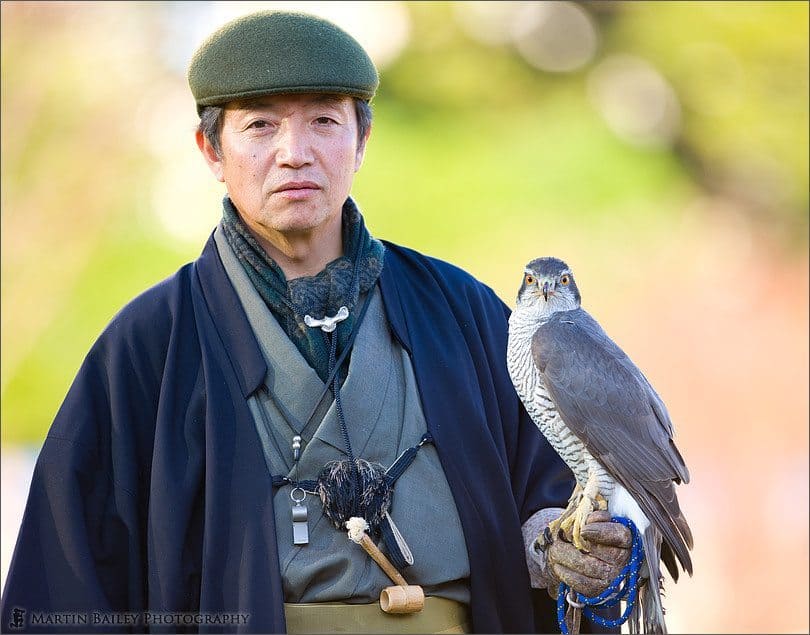
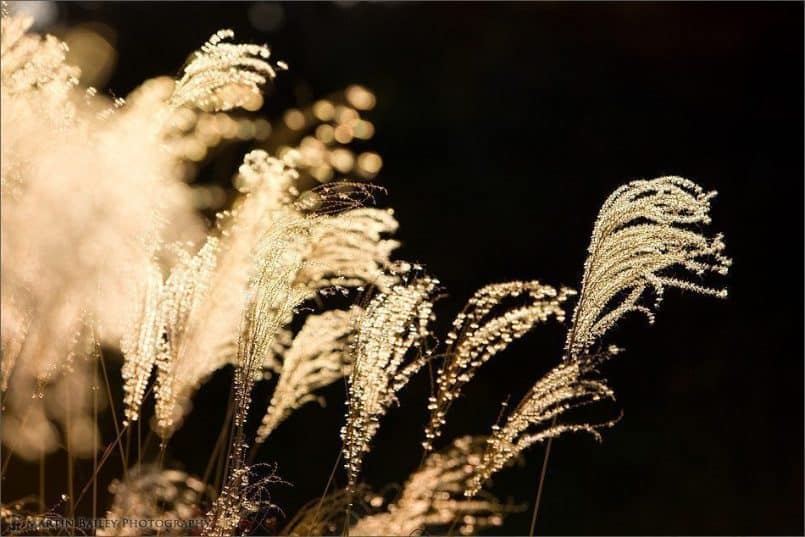
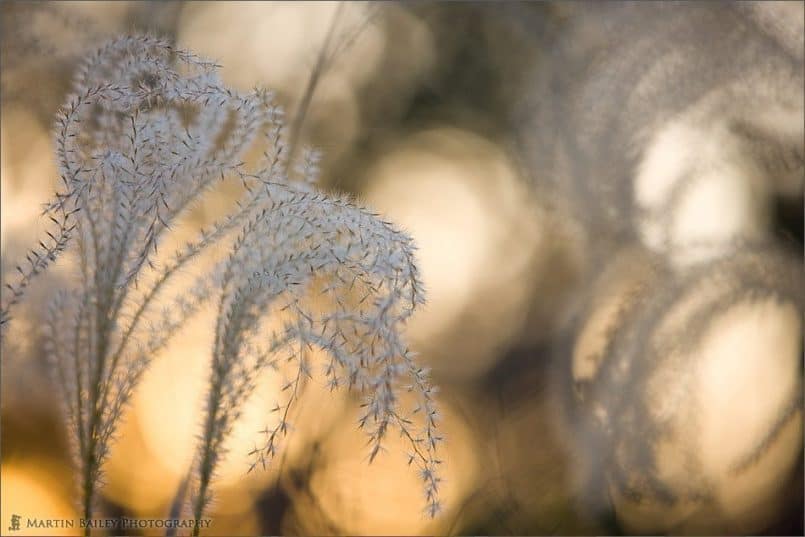
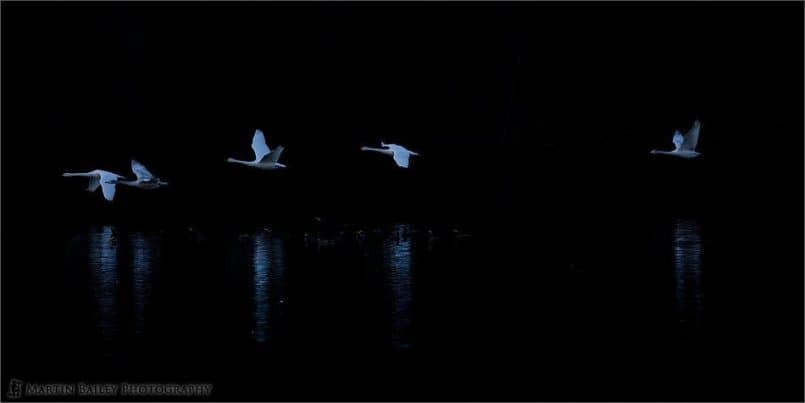

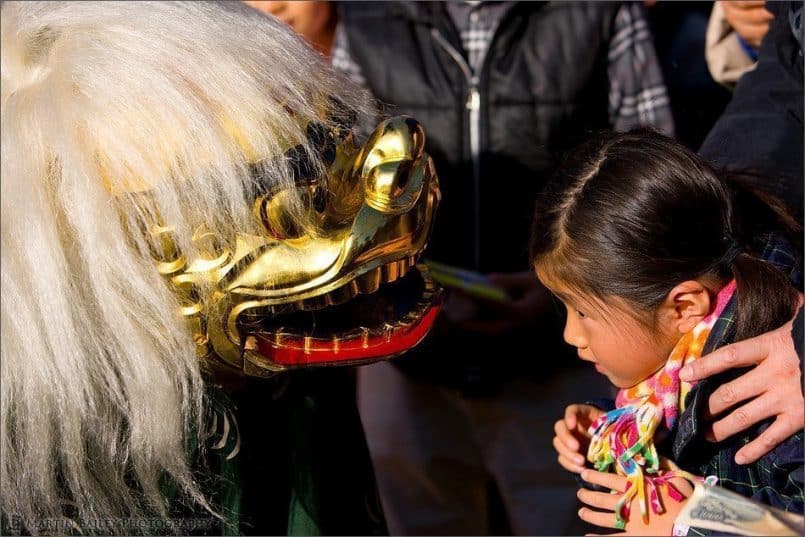
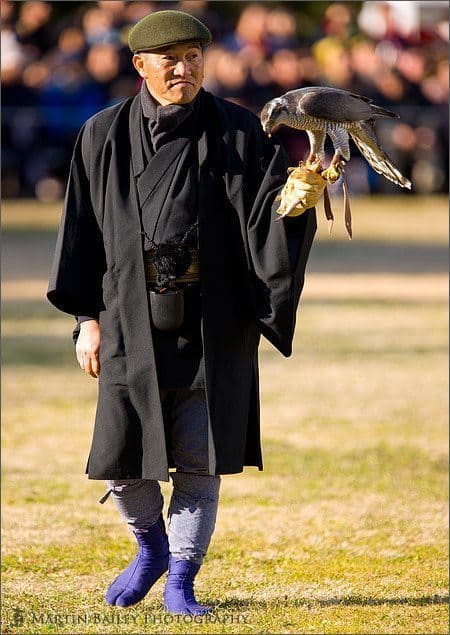
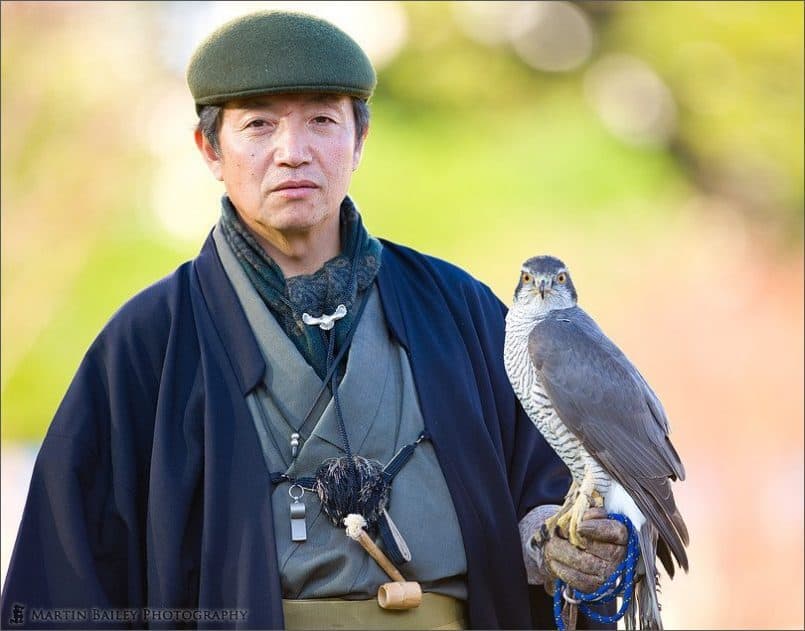
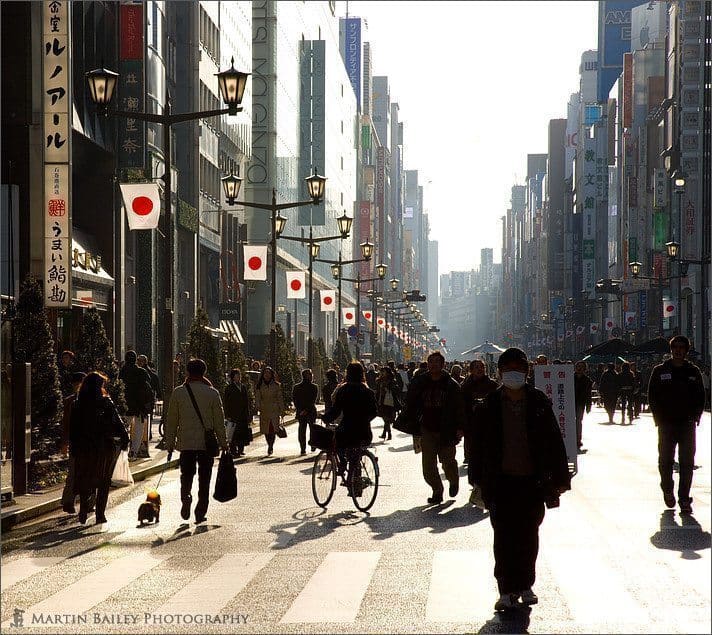

0 Comments